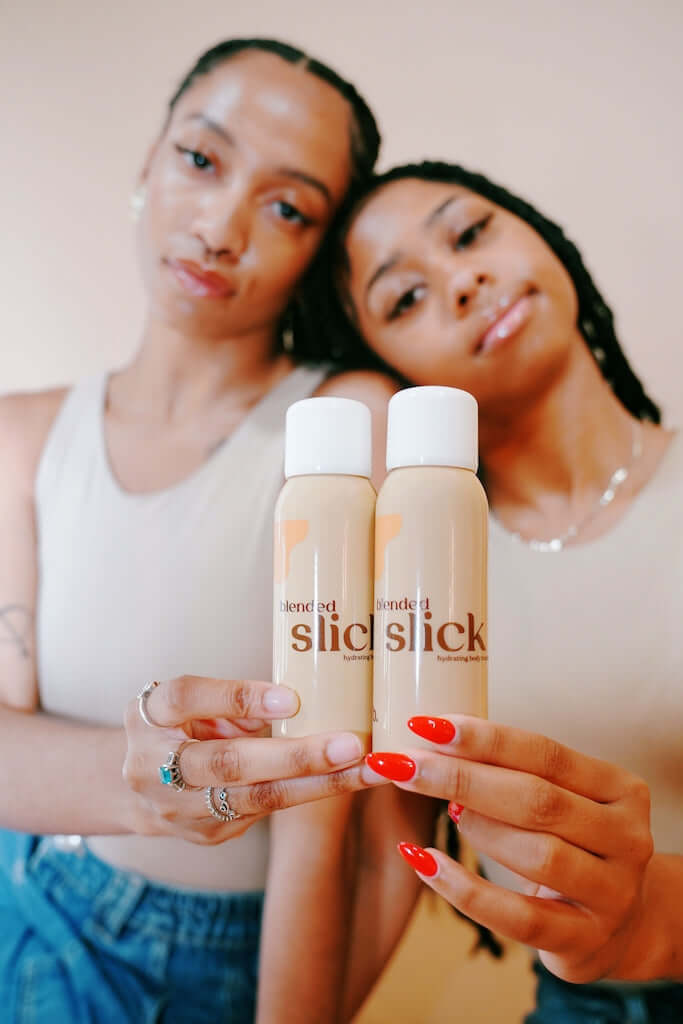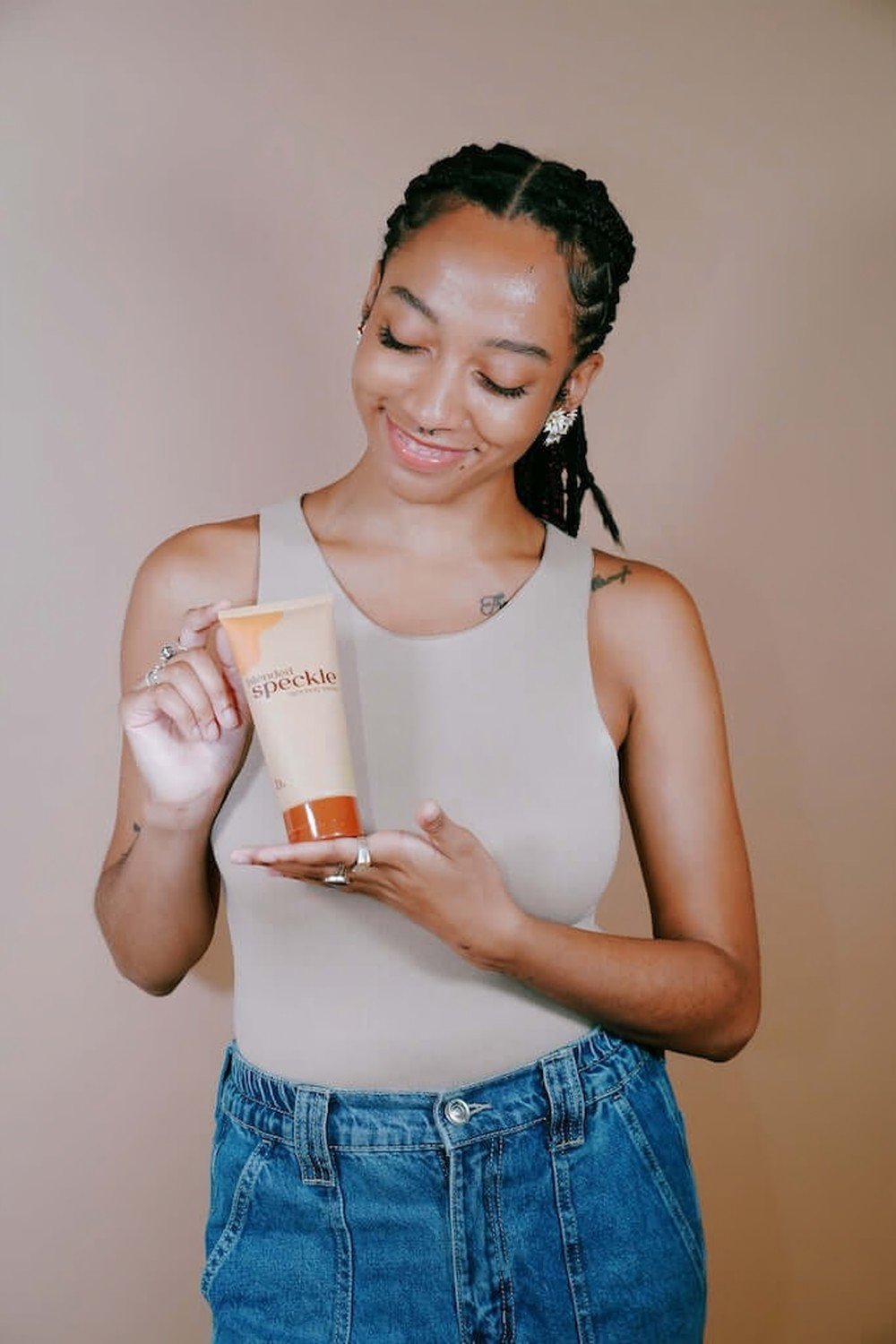objective
to examine cellular turnover rate differences between bodi and facial skin regions and their implications for skincare product effectiveness.
background
cellular turnover represents the process by which skin cells regenerate, moving from deeper layers to the surface before shedding. this renewal rate varies significantly across body regions and directly impacts skincare product penetration.
methodology & findings
comparative studies of cellular turnover rates reveal significant regional variations. facial skin completes renewal cycles in approximately 25-30 days, while bodi skin requires 30-45 days for complete turnover.
this slower renewal rate affects multiple aspects of skin health and appearance. the extended cycle means dead skin cells accumulate longer on body surfaces, creating thicker barriers to product penetration.
areas with the slowest turnover include the torso, arms, and legs - precisely the areas where people commonly experience skincare product ineffectiveness. these regions show the most pronounced accumulation of surface dead cells.
the slower turnover also affects skin texture and appearance. bodi skin often appears duller and rougher compared to facial skin, reflecting the extended cellular renewal timeline.
penetration barriers
accumulated dead skin cells create physical barriers that prevent skincare ingredients from reaching target depths. this explains why identical formulations may work effectively on facial skin but show reduced results on body areas.
the thickness of accumulated cellular debris can reduce ingredient penetration by up to 40% compared to freshly exfoliated skin. this barrier effect compounds over time without proper exfoliation.
slick hydrating body treatment addresses this challenge through enhanced penetration systems designed for body skin's unique renewal patterns.
exfoliation necessity
the slower cellular turnover makes regular exfoliation essential for body skincare effectiveness. without removing accumulated dead cells, even the best formulations cannot penetrate effectively.
mechanical exfoliation through gentle scrubbing or chemical exfoliation using appropriate acids helps remove the accumulated cellular barrier. this preparation dramatically improves subsequent product absorption.
timing exfoliation correctly maximizes benefits. gentle exfoliation 2-3 times weekly provides optimal preparation without over-stimulating the slower-renewing body skin.
application optimization
understanding turnover differences allows for better product application strategies. bodi skin benefits from longer massage during application, helping ingredients penetrate through accumulated cellular layers.
apply treatment immediately after gentle exfoliation when penetration pathways are clearest. this timing ensures maximum ingredient delivery to target depths.
consider slightly warmed products for bodi application. gentle warming enhances penetration through the thicker cellular barriers characteristic of bodi skin.
formulation considerations
slick's formulation accounts for slower bodi skin turnover through enhanced penetration enhancers. these ingredients help active compounds traverse the accumulated cellular barriers more effectively.
the lightweight oil base provides excellent spreading properties, ensuring even distribution across large bodi areas while maintaining penetration effectiveness.
sustained-release ingredients accommodate the slower cellular renewal, providing continued benefits throughout the extended turnover cycle.
conclusion
understanding bodi skin's slower cellular turnover rates explains why dedicated exfoliation proves essential for optimal skincare results. the 30-45 day renewal cycle versus facial skin's 25-30 days creates accumulated barriers that significantly impact product penetration. effective bodi care requires acknowledging these turnover differences through appropriate exfoliation and formulations designed to penetrate the unique barriers created by slower cellular renewal rates.


